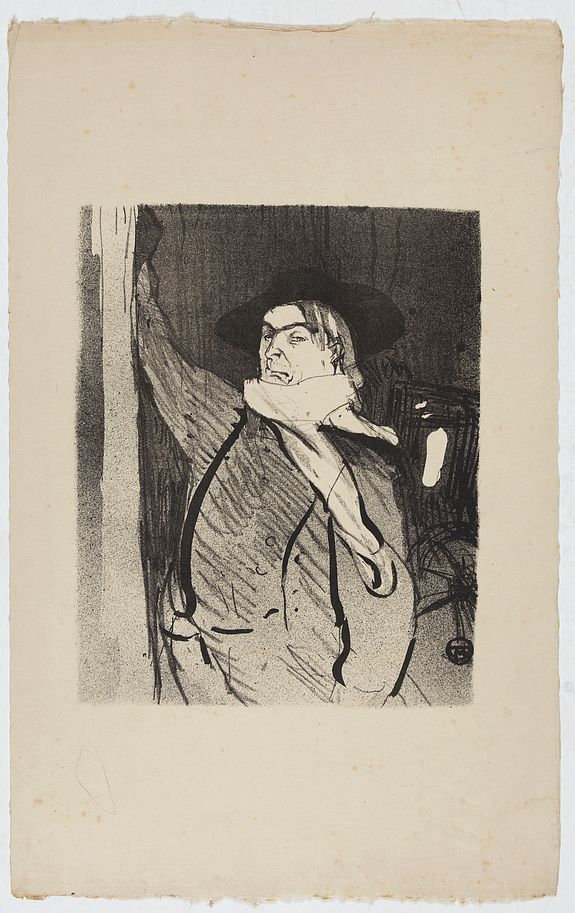Henri de Toulouse-Lautrec

Henri Toulouse-Lautrec 1864-1901) was born in Albi, near Toulouse in south-west France.
He was descended from a French aristocratic family, and his parents were
first cousins. Perhaps as a result of this, he inherited severe health
problems and suffered from a rare bone disorder that meant he walked
with a cane and was only four and a half feet tall.
Toulouse-Lautrec is among the best-known painters of the Post-Impressionist period.
He became something
of a celebrity in the Montmartre district of Paris, where he lived and
worked, relishing the hedonistic bohemian life there. His posters for
famous performance venues such as the Moulin Rouge or the Jardin du
Paris are some of the most recognizable images to emerge from
fin-de-siècle France.
Toulouse-Lautrec created 737 canvases, 275 watercolors, 363 prints and posters, 5,084 drawings, some ceramic and stained glass work, and an unknown number of lost works. His style was influenced by the classical Japanese woodprints, which became popular in art circles in Paris.
His debauched lifestyle and addiction to alcohol eventually took their toll; he died in September 1901, aged just thirty-six.
Café Concert
One café-concert after another opened in fin-de-siècle Paris. They were large establishments at which all levels of Parisian society came to drink, smoke, socialize, and enjoy light-hearted songs and other entertainment.
For printmakers, the café-concert was not only a meeting place but a source of modern and popular subject matter. They immortalized artists in their prints and posters, depicting their song lyrics in sheet music
illustrations, which contributed to the star status of these performers.
The series by Toulouse-Lautrec and Henri-Gabriel Ibels is a veritable ode to the Café-concert, capturing the essence of the Parisian lifestyle and the vitality of its nights.
The series was published in a DeLuxe edition, first printed in 50 impressions on laid Japan paper and on a slightly larger size than the regular edition in 500 examples on wove paper.